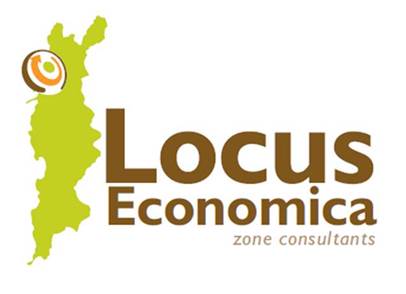Mexico
Mexico's $2.2 trillion economy has become increasingly oriented towards manufacturing in the 22 years since the North American Free Trade Agreement (NAFTA) entered into force. The U.S. is Mexico’s largest source of foreign direct investment, second-largest export market, and third-largest source of imports. U.S. industries have formed strong vertical supply connections with Mexican manufacturers. However, in recent years, these links have meant that declines in U.S. industrial production spill over into Mexican manufacturing and export activity, placing more reliance on private consumption to fuel economic expansion.
Mexico’s maquiladoras (now “IMMEX”) are among the first and most successful export processing zones in the world. The maquiladora program began in the 1960s following a rise in unemployment in the northern states from the termination of the U.S.’s Bracero program, which allowed Mexican workers to work in seasonal agricultural positions in the U.S. The maquiladoras encouraged U.S. companies to outsource manufacturing to Mexico and import finished products back to the U.S.
In 2016, Mexico introduced a new special economic zone (SEZ) program to spur economic growth in the southern part of the country. Locus Economica has advised on the law and institutional framework for the new SEZ program, which seeks to improve the business operating environment and leverage strategic assets, such as the seaports of Lazaro Cardenas, Puerto Chiapas, and Coatzacoalcos.



In 2016 Locus advised the Government of Mexico on the development of its new SEZ program in collaboration with Spanish consulting firm IDOM. We provided best practices for SEZs and case studies on the design of the SEZ administrative framework and investment incentives. ...